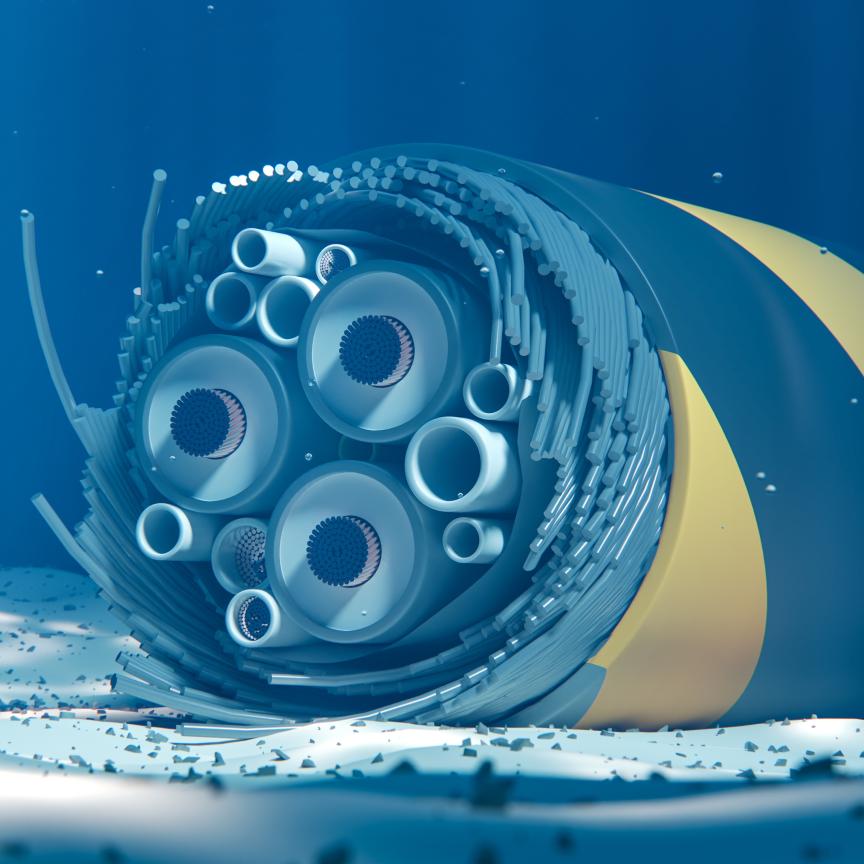Researchers at IBM have set a new record for data transmission over a multimode optical fibre, a type of cable that is typically used to connect nearby computers within a single building or on a campus. The achievement demonstrated that the standard, existing technology for sending data over short distances should be able to meet the growing needs of servers, data centers and supercomputers.
Sending data at a rate of 64 Gbps over a cable 57 meters long using a type of laser called a vertical-cavity surface-emitting laser (VCSEL), the researchers achieved a rate that was about 14 per cent faster than the previous record and about 2.5 times faster than the capabilities of today's typical commercial technology.
To send the data, the researchers used standard non-return-to-zero (NRZ) modulation. ‘Others have thought that this modulation wouldn't allow for transfer rates much faster than 32 Gbps,’ said researcher Dan Kuchta of the IBM T.J. Watson Research Center, New York. Many researchers thought that achieving higher transmission rates would require turning to more complex types of modulation, such as pulse-amplitude modulation-4 (PAM-4).
‘What we're showing is that that's not the case at all,’ Kuchta said, he continued ‘this technology has at least one or two more generations of product life in it.’
Kuchta will describe these results at the 2014 OFC Conference and Exposition, being held from 9 to 13 March in San Francisco.
To achieve such high speeds, the researchers used the VCSEL lasers developed at Chalmers University of Technology in Sweden, and custom silicon-germanium chips developed at IBM Research. ‘The receiver chip is a unique design that simultaneously achieves speeds and sensitivities well beyond today’s commercial offerings,’ Kuchta explained. ‘The driver chip incorporates transmit equalisation, which widens the bandwidth of the optical link. While this method has been widely used in electrical communication, it hasn't yet caught on in optical communication,’ he said.
‘Researchers typically rely on a rule of thumb that says the usable data-transfer rate is about 1.7 times the bandwidth,’ Kuchta explained. ‘That means that with the VCSEL laser, which has a bandwidth of about 26 GHz, the rate would be only about 44 Gbps.’
‘What we're doing with equalisation is we're breaking the historical rule of thumb,’ Kuchta said.
The fast speeds only worked for a distance of 57 metres, so this technology isn't designed for sending data across continents. Instead, it's most suitable for transmitting data within a building, he said. About 80 per cent of the cables at data centers and most, if not all, of the cables used for typical supercomputers are less than 50 metres long.
This new technology, Kuchta added, is ready for commercialisation immediately.
Presentation Th3C.2, titled ‘64Gb/s Transmission over 57m MMF using an NRZ Modulated 850nm VCSEL,’ will take place Thursday 14 March at 1:30 p.m. in room 121 of the Moscone Center.

